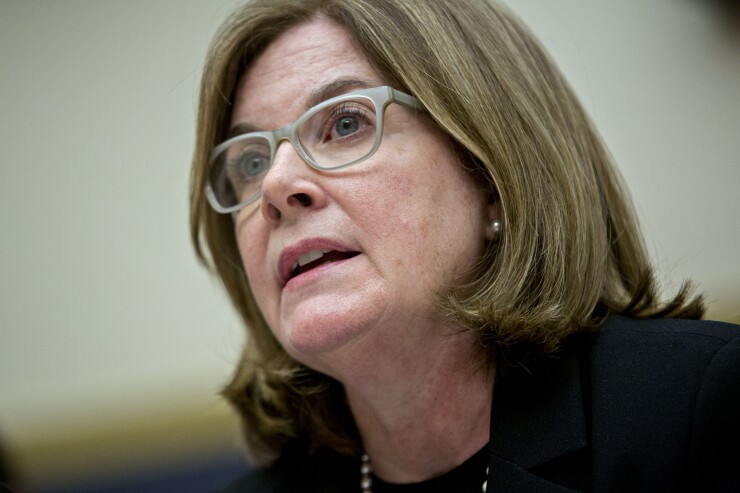Amid the push to build a faster, more secure U.S. payment system, the Federal Reserve is sidestepping a key decision that divides the nation’s big banks from their smaller peers.
The issue is whether the Fed should have a substantial operational role in a modernized system, or should instead defer largely to the private sector. Small banks and credit unions want the Fed to take a more active stance, but that idea has not been embraced by large institutions.
In
“The Fed’s trying to steer a very careful path,” said Lars Davies, CEO of Kalypton Group, a U.K.-based payment technology firm. “It certainly hasn’t sided one way or the other.”

The Fed’s latest missive follows a series of recent recommendations by a task force — its members were drawn from banks, consumer groups, technology firms and other stakeholders — that was convened by the U.S. central bank in 2015.
Earlier this summer,
The industry-led group also recommended that the Fed develop new capabilities, enabling two banks to settle up with each other more frequently so that transactions can be executed around the clock and every day of the year.
On Wednesday, the Fed embraced the recommendation regarding settlement capabilities, which has proven less controversial
For example, the groups said that the Fed could serve as a real-time payment system operator — like it already does with checks, wire transfers and other electronic payments.
“No other entity has the breadth or incentive to reach every financial institution, regardless of size and charter,” the trade groups wrote.
But the nation’s big banks have not joined the entreaty from smaller institutions, and members of the recently disbanded task force have said that larger institutions are resistant.
One real-time payment system is being developed by The Clearing House, which is owned by many of the nation’s largest banks. Some small banks are said to be concerned that they will not have a strong voice in a system built and operated by large institutions.
In an interview Wednesday, an official at The Clearing House emphasized the common ground that a large, diverse set of stakeholders have found on real-time payments.
“We’re all in this together, to get to this goal of faster payments ubiquity by 2020,” said Steve Ledford, a senior vice president at The Clearing House. “I think it’s up to the Fed to really articulate what their role will be.”
The Fed’s latest report does not focus only on how to improve the speed of payments, an area where the U.S. lags behind many other countries.
It also argues that the safety of the country’s payments may be suffering because of inadequate incentives to implement strong security practices. The Fed plans to conduct a study that will analyze vulnerabilities, as well as the costs and benefits of different options for addressing them.
In addition, the Fed vowed to take steps to encourage private-sector companies to adopt electronic invoicing — a step aimed at addressing inefficiencies in the business world, where payments are often still made by paper check.
Kansas City Fed President Esther George said Wednesday that the Fed will support continued industry momentum toward a faster and safer payments system. “Thanks to the collective efforts of hundreds of payment system stakeholders during the past two years, we’ve made real progress,” George said in a press release.




